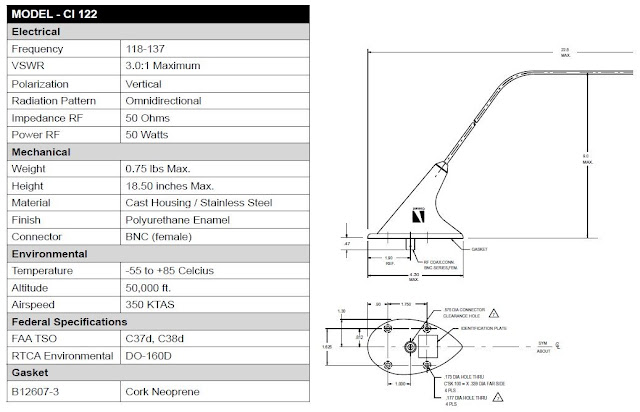I was tired of the careful stepping and balancing acts required to avoid the angles in the floor of the foot well and needed a better place to work from inside the airplane. So I decided to go ahead and install my floor pans into the foot wells. The floor pans are a very tight fit and like other builders I decided to just drill and dimple the parts on there own outside of the aircraft. The angles they attach to are already drilled and dimpled so I don't see any harm in this.
Then disaster, frustration, and high blood pressure ensued.
During the installation of my LH Floor Pan, a very tight fit, while trying to push slowly into position it snagged and slipped and wound up bending. This bending caused the side flange to buckle and the buckle caused a crack around a rivet hole. Pulling the part back out was a nightmare. I cussed, sweat dripping down my face, blood pressure soaring, this task was infuriating. It turns out the small cutouts that are designed to go around the frames of the bulkhead were too small, snagging and binding the pans during the installation.
I calmed down...sulked...got some iced tea....and went back to the shop....now what?
I decided to remove and deburr the cracked area of the flange on the floor pan, only on the outboard side, inboard side was ok. I'm still maintaining proper edge distance from the adjacent rivets. I also opened the cutouts that were causing the trouble large enough to clear the frames and slid the part back into position. I didn't think cutting out the cracked flange would be any problem structurally since it's just a floor pan or aesthetically since it will all be hidden behind carpet. But just to be sure I figured a second opinion wouldn't hurt so I sent an email to Vans's. They responded with:
"I see no problem with you removing the crack as you did form the floor panel."
Good....I continued building.
Date and Time
Mon 26 -1.0hr- Drilled and deburred parts
Tues 27 -2.25hrs- Deburred and dimpled parts
Wed 28 -2.0hrs- Finished dimpling, back riveted stiffening angles, riveted access panel doublers
Insulation installed under foot wells.
Material removed from cutout to clear the frames.
Floor Pan in position inside foot well.
Area cut from floor pan angle.
I primed and installed the access hole doublers in baggage floors. I also back riveted all the stiffening angles and nutplates.
My Shop....AKA: THE AIRPLANE FACTORY.



















































